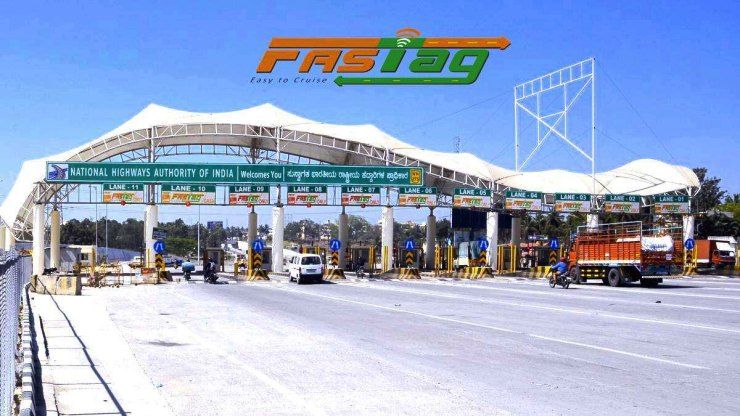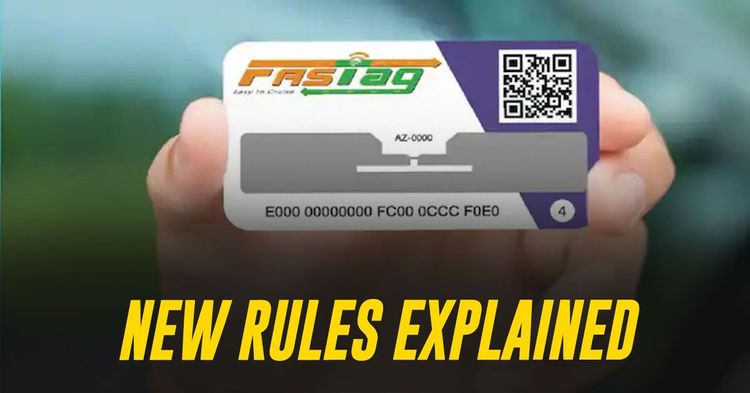Gadkari Praises FASTag Toll System For Delivering ₹8,000 Crore Extra Revenue


Union Road Transport Minister Nitin Gadkari has announced that the nationwide rollout of RFID-based toll collection through FASTag has generated additional revenue of about ₹8,000 crore. The system has also helped ease congestion at toll plazas, marking a major shift from the earlier manual collection process.

Before FASTag, toll plazas were known for long queues and heavy congestion, especially on national highways linking major cities. Vehicles often spent several minutes waiting, leading to delays, wasted fuel, and added emissions. With RFID technology, vehicles can now pass through toll gates without stopping, with charges automatically deducted from linked accounts.
According to ministry data, the average time to cross a toll booth has dropped from 714 seconds under manual systems to 667 seconds with FASTag. While the reduction appears modest, multiplied across millions of daily transactions, it results in significant savings in time and fuel. For commuters, the process is smoother, and for commercial vehicles, faster crossings improve efficiency in goods movement.

FASTag has also delivered financial gains. Toll collections in the first quarter of FY26 reached about ₹21,000 crore, up 20 percent from ₹17,280 crore in the same quarter of the previous year. Roughly 80 percent of the total comes from national highway users, who are the primary long-distance travellers.
The revenue jump is credited to better compliance and fewer leakages compared to cash-based systems. Gadkari said the success of FASTag proves that technology-led collection can improve both convenience and government income.
The system has also expanded with new features. The government launched an Annual Toll Pass priced at ₹3,000 on August 15, 2025. It offers either unlimited crossings at 200 plazas or a one-year validity, whichever is earlier. On launch day alone, 1.39 lakh transactions were recorded, with 20,000 to 25,000 people using the Rajmargyatra app at any given time.

Adoption has been strong. About 98 percent of highway users now rely on FASTag, with over 80 million active accounts. Mandatory integration with vehicle registration helped ensure wide coverage. Mobile wallet tie-ups with platforms like Paytm and PhonePe have made it easier for users to recharge accounts, aligning toll collection with India’s digital payments ecosystem.
Despite high adoption, Gadkari admitted that some issues remain. Toll evasion still occurs in some areas, leading to continued revenue loss. The ministry estimates that plugging these gaps could generate an additional ₹10,000 crore. Upgrading systems with stronger security and expanding coverage to state highways are among the planned improvements.
Environmental benefits have also been noted. Reduced idling at toll plazas has cut emissions and improved air quality around toll booths. For local communities living near these facilities, this means cleaner air and less noise from stationary traffic.
For transporters, the move to RFID has cut costs and improved efficiency. Trucks and buses spend less time waiting at tolls, helping operators complete more trips and save on fuel and driver wages. These savings reduce logistics costs, which can filter down into lower prices for goods.
India’s success with FASTag has also positioned it as a potential exporter of toll technology. Domestic firms that developed large-scale RFID systems now have the expertise to support other developing countries looking for similar solutions.